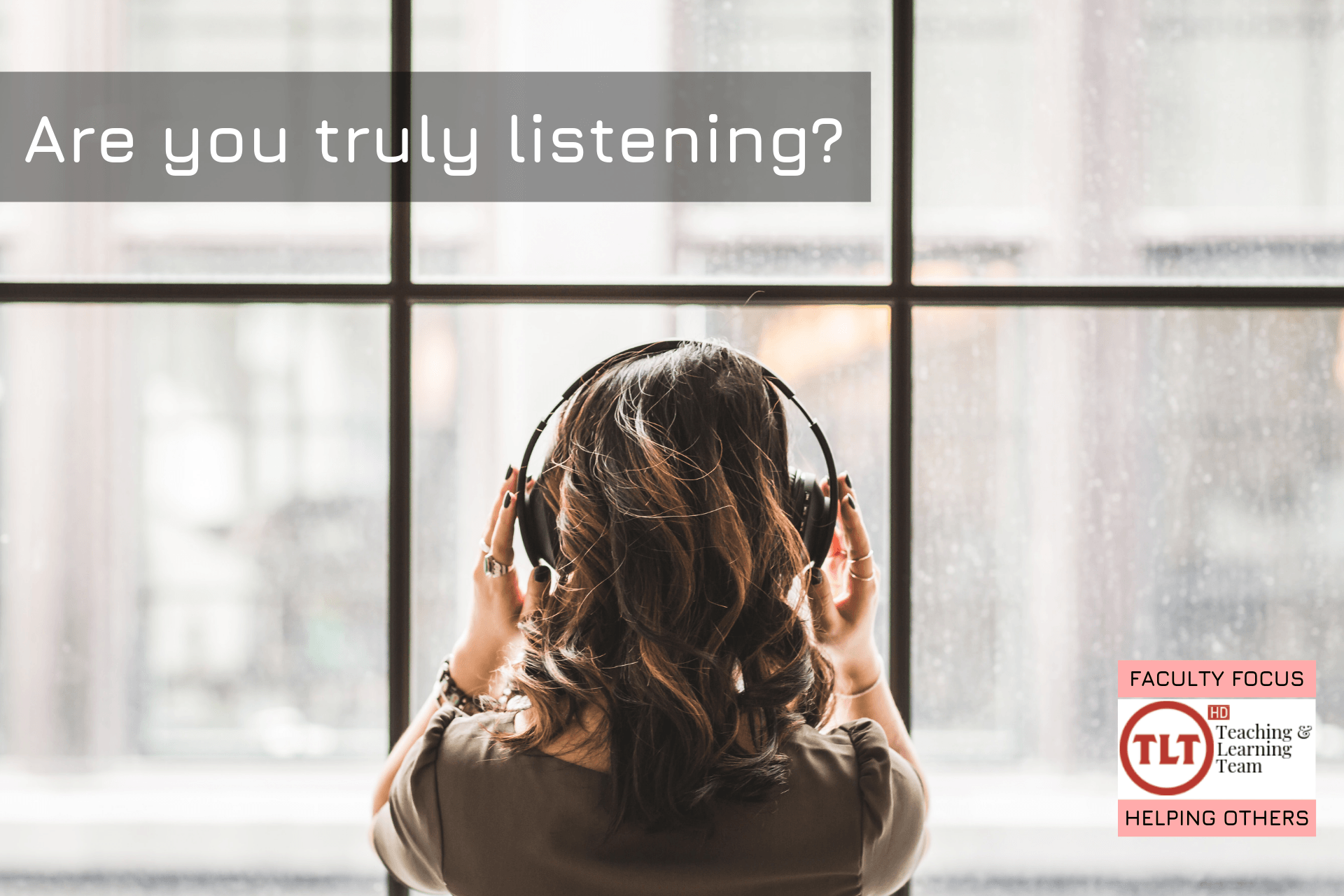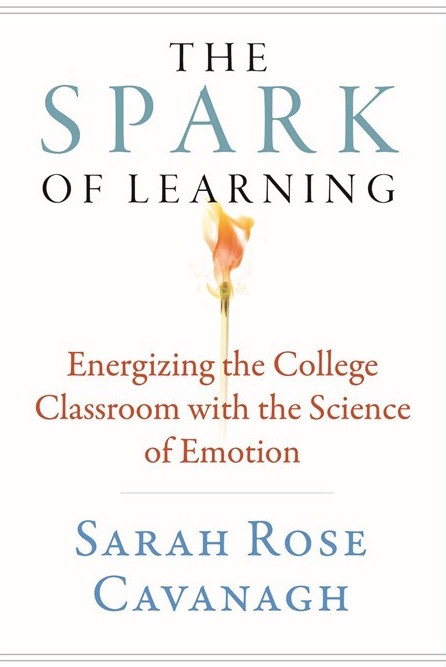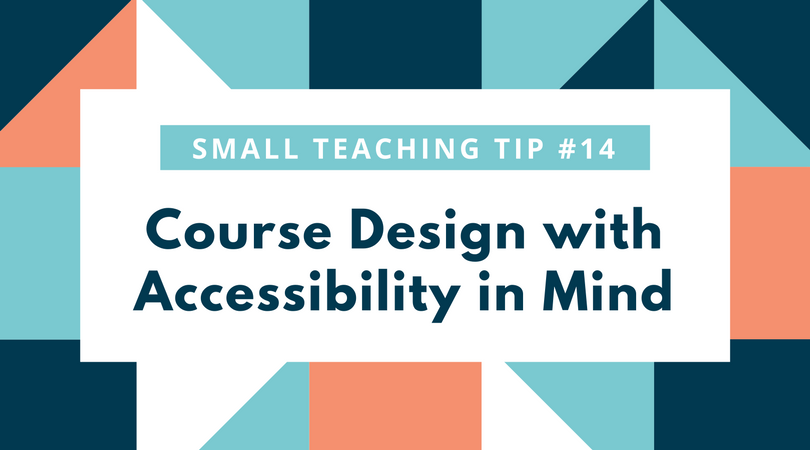Many faculty lament how few students take advantage of office hours. Often, undergraduate students do not perceive office hours to be beneficial unless something has gone wrong, such as a failing grade. But interactions between students and faculty outside the classroom (particularly mentorship-type interactions) have been shown to increase retention, student satisfaction, engagement, a sense of belonging, and overall academic performance. So, how can we change students’ perceptions and increase their use of office hours?
Explain What Office Hours Are
Since most of us have been in academia for many years, we forget that undergraduates are academic novices who are unfamiliar with our lingo and norms. Many students, particularly first-year and first-generation students, do not know what office hours are. When I asked my freshmen students a few semesters ago what they thought office hours were for, multiple students stated they are hours when professors are working and shouldn’t be disturbed! So, during the first week of classes, make sure you explain what office hours are for and even provide examples of what you could do together (e.g. review drafts of papers, talk about the readings, work through practice problems, etc.). Hopefully, this will clarify the purpose of office hours and make them feel more welcoming.
Consider Your Students’ Schedules
Given the number of responsibilities that faculty have, most of us choose office hours based on our schedules. While this, of course, has to be done to some degree, consider the times when your students are more likely to be available. For example, it’s not likely that the average undergraduate will come by your office at 8:00 AM. But they may be willing to come by at 3:00 PM. Try selecting times that maximize the number of students who can meet with you, recognizing the constraints that today’s college students face such as working part- or full-time jobs, participating in internships, or commuting to campus.
Involve Your Students in Scheduling
If the goal of office hours is to provide students with support and guidance, we need to ensure we are truly being student-centered when designing them. Have you ever asked your students why they don’t come by your office? I have and the most common response was “I have class when your office hours are.” Thus, at the beginning of the semester, I ask for students’ feedback about where and when I should host office hours. Simply consulting my students significantly increased their visits to my office. This could be accomplished in many ways, such as using an OAKS survey, Google Forms, or PollEverywhere (your instructional technologist would be delighted to help you with this!).
Meet Somewhere Other Than Your Office
Some students, particularly first-year and first-generation students, may feel intimidated meeting with a professor in his/her office. But holding your office hours in more open and neutral spaces, like a coffee shop or the library, could put some students at ease. This doesn’t mean you have to host all office hours outside your building, but experiment with an hour or two in a centrally-located place on campus that might be more student-friendly.
Try Virtual Office Hours
Let’s face it — we all have lazy days when we just don’t want to leave our homes. Students are the same. But offering office hours using a web conferencing tool like Zoom, Google Hangouts, or Skype could encourage students to participate from the comfort of their dorm or apartment. Using a web conferencing tool could also allow you to host occasional office hours in the evenings, which could benefit all students but especially student athletes, students with families, and those who have full-time jobs.
Stage Your Office
Much like realtors recommend we “stage” our home when it’s for sale, we should make our offices inviting to students. When it’s time for office hours, limit distractions in your mind and your space. For example, clear off your desk so students don’t have to look at you over a huge pile of books or so the manuscript you’re reviewing doesn’t grab your attention. If you share an office, try to stagger hours with your office mate so your students have privacy. Silence your cell phone. Turn away from your computer. Have a chair ready for students to sit in. If possible, set up your office furniture so that students sit to the side of your desk rather than across from you. This may encourage them to perceive your interaction as a collaboration rather than an occasion to be scolded, interrogated, or spoken down to. These little gestures not only help you focus but also make students feel welcome rather than like they are interrupting you.
Encourage Group Sessions
Frustratingly, students who need the most help are often the least likely to come to office hours. For some of these students, their confidence has been shaken and they feel ashamed about their performance. For other students, they know they need help, but they aren’t sure what questions to ask or how to articulate what they’re struggling with. These students may view office hours as “too scary” or “too embarrassing.” One way to encourage students to get support is to reframe office hours as simply a study session opportunity. You could use an empty classroom or a space in the library and encourage students to drop-in to work on homework. If students want help, they can ask for assistance. Otherwise, you could float around the room, moving from group to group. This “study hall” format may feel less threatening to some students.
For example, Professor Megan Condis has had a lot of success by making office hours a required group activity. She asks three or four students to work together on an assignment, and then, in order to receive the maximum amount of credit on the assignment, requires that all the members of the group attend a meeting in her office to review their work. She reports her students are much more likely to show up at these meetings when they are experiencing a bit of peer pressure. This exercise may also reduce the anxiety some students feel when meeting with professors one-on-one.
Your Turn
Office hours are one of the best ways to engage students outside of the classroom and can be when we as professors do our most meaningful work. When students understand the purpose of office hours and are able to take advantage of them, they can have an incredibly positive effect on their learning and overall growth. If you’re struggling to get students to visit office hours, give one of the above tips a try and let us know if it made an impact.
Sources:
Condis, M. (2016, November 1). Making office hours matter. Inside Higher Ed. Retrieved from: https://www.insidehighered.com/advice/2016/11/01/how-convince-students-attend-office-hours-essay
Griffin, W., Cohen, S. D., Berndtson, R. Burson, K. M., Camper, K. M, Chen, Y., & Smith, M. A. (2014). Starting the Conversation: An Exploratory Study of Factors that Influence Student Office Hour Use. College Teaching, 62(3), 94–99.
Kim, Y., & Lundberg, C. (2016). A Structural Model of the Relationship Between Student-Faculty Interaction and Cognitive Skills Development Among College Students. Research in Higher Education, 57(3), 288–309.














